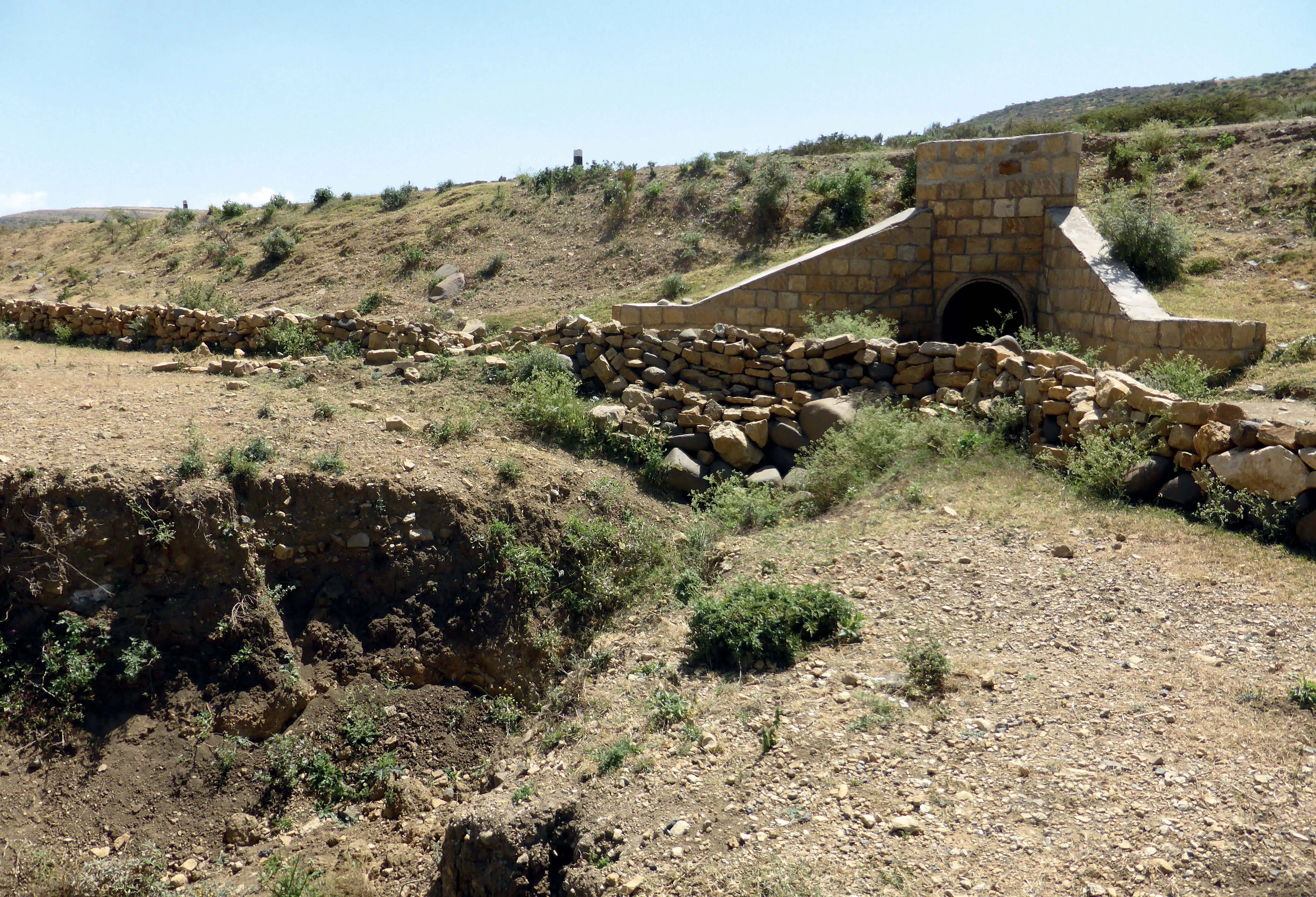2664 Nepal's Department of Roads is now analysing traffic data based on research work into congestion carried out by consultants. Two local consulting firms were appointed to carry out a study of flyovers, underpasses and ramps in congested areas. The work focussed on major intersections where traffic jams have affected the whole system. Kalimati, Tripureshwor, Thapathali, New Baneshwor and Old Baneshwor have been identified as the most congested areas where traffic congestion has to be improved. The studies are now complete and different options have been proposed for each intersection based upon the location. The Department of Roads is now consulting with the stakeholders along with the authorities. The Kathmandu Metropolitan City, 2437 Ministry of Physical Planning and Works, Transport Ministry, Traffic Police and the Transport Association are all involved in the consultation process. Construction of the improved intersections will be completed in 3-5 years with the aim of coping with traffic growth for the next 15 years. The Nepalese Government is also widening key roads in Kathmandu at present so as to address traffic congestion.







